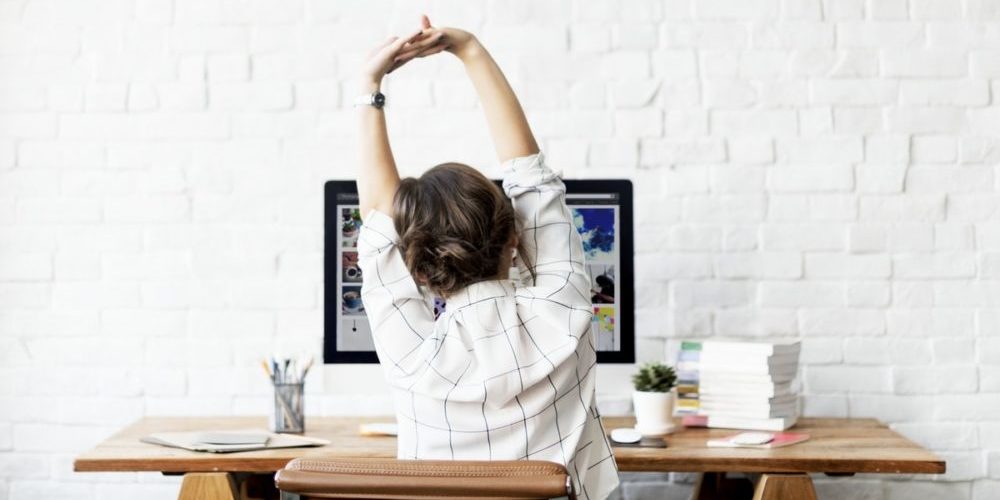
This is a guest post by Kayla Matthews. She is a productivity blogger and efficiency enthusiast. You can find her on ProductivityTheory.com, on The Huffington Post, and on Google+ and Twitter.
Who would think of interior design as science? It’s both an art and a science that you can hack to boost your productivity in your office space. Science says so.
The papers spread across your desk may be a sign of innovation rather than feeling like an off, hot mess today. The color of your walls and the presence or lack of plants in your space affect the mood that you start with and sustain throughout the day.
These and many other design elements have the power to influence your productivity, by bolstering or hindering it. Use these ten tips to stop stagnation in its tracks.
1. Create a Mini Meaning Board
How many times have you stared at the wall while working and felt completely lost? Everyone has a point where they fear or feel their purpose is lost. Value and purpose feel rewarding when you place your blood, sweat and tears into your work. Why produce if you don’t care?
Even if the purpose is small — dig. Dig deep. If all you make is a scratch, it means something to take you one step closer to finding your sense of purpose and reason.
Finding meaning in your work creates value and motivation to move through the tasks in a flow as versus getting stuck. When you create value behind your work, you work harder toward purpose and generate productivity.
Tip: Create a mini meaning board and hang it within your visual reach. Think of it as a small window to your purpose, reminding you to push yourself a little farther and with the utmost empathy. Your board can take the form of a mini vision board, but focus more on the experience of creating the board.
Add a powerful quote and imagery that never fails to inspire you, or write a letter to yourself from your ideal client as a personal thank you. Display your mini meaning board within your line of sight, and let it do its productivity magic.
2. Find the Right Color for Your Workflow
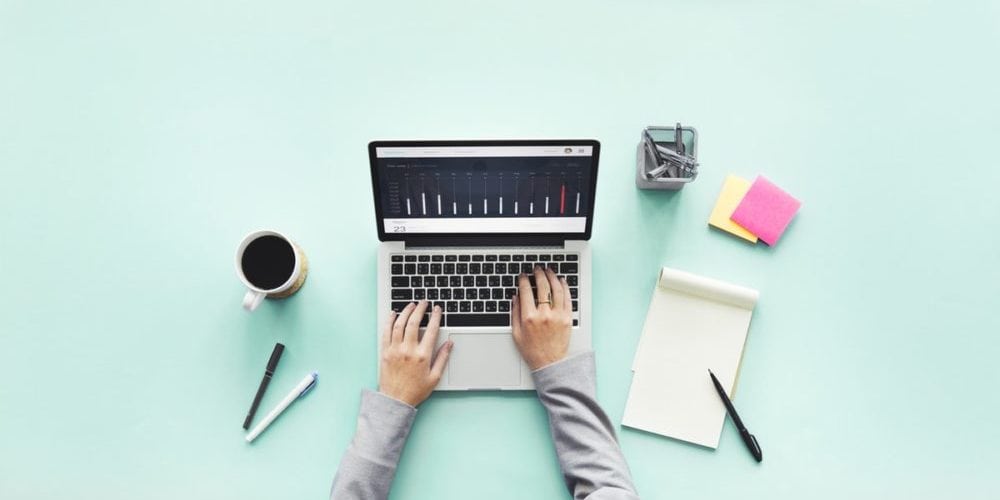
If those walls could talk, what would they say? If they had eyes, what would they see on a daily basis? Are you giving the blank page the evil eye? Chances are if those walls talked, they’d say you need to relax. They might also tell you the opposite: perk up and get to work!
Here’s a more surface question: What colors are the walls in the office? The answer matters. It comes down to reflection and expression.
Color communicates. One survey studied how Americans responded to various color palettes and found the color preferred depended on the type of work conducted. For example, heavy knowledge-work requires a soothing blue, while active work benefits from the use of red.
Tip: When you’re feeling the stress, soothe the setting with blue. Paint an accent wall with the most relaxing blue hue you can find. Use red to boost your productivity levels when you need a dose of energy.
Choose green for the middle ground — between stressing less and needing more action in your workflow.
3. Take Ownership of Duty and Space With Light Decor
One of the fun parts of having your own office space is the ability to customize your work experience beyond a functional desk and a few boring prints on the walls. Rethink your space in terms of taking ownership of your work experience through customization — when you have a better sense of control over your environment, letting go of the little frustrations throughout the workday will feel easier.
Tip: Keep it simple with light decor, but choose decor that you care about and can customize. Simple elements, such as lamps, pillows and desk decorations, will help you feel more at home in your workspace. Take ownership of duty and space with light decor.
4. Lighting Lifts Your Mood
A customized and designed space improves your mood and productivity, especially through lighting. When you mix interior design with science, it’s difficult to measure the combined effects or distinguish between psychological, aesthetic and circadian effects. Research does reveal that memory and culture may affect how you perceive the reflection of light and the effects of the color produced on you.
Tip: How you light your space affects your mood — it can lift you up or make you feel more sluggish. Don’t go against your circadian rhythms. Use ambient and natural lighting. Open up the blinds during the day, and close the curtains as evening sets — switching on tabletop and standing lamps to help offset computer harsh computer glare.
5. Take a Commanding Position With Feng Shui
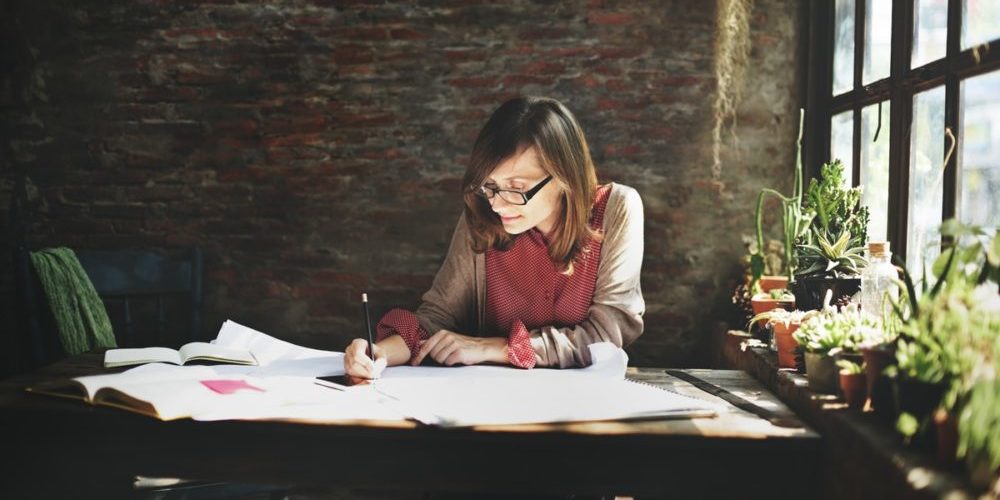
Your energy is active, but your direction is ineffective. Allow the energy to flow through your space and let you feel more focused and at ease with Feng Shui, a spiritual Chinese connection regarding how objects are arranged within a space.
Tip: Consider that each room holds a specific commanding position, sometimes more than one. However, there is usually one that expresses itself the most boldly and stands out. One clear winner is your desk — from your office entryway, locate the opposite corner which is typically diagonal from the door. It’s not directly in front of the door. Give yourself strong backing — don’t sit with your back to a window.
6. You Need a Blanket and A Coffee Pot
You hereby have permission to take a coffee nap. Sounds like the perfect combinations of opposites — right? Most people think that coffee and a too-comfortable space don’t mix. Which do you want — a coffee or nap?
Tip: Have the best of both worlds because science backs this epic combination: coffee naps make you more productive, in that order. Drink a cup of joe. Then, take a power nap for up to 20 minutes, so you don’t slip into deep sleep. This science tip gives you the perfect excuse to make your office more customized and comfortable.
Gather a beautiful antique quilt with accent pillows, perhaps echoing the lighting or wall colors, and splay them over a comfortable love seat in your office. When your energy feels down, have a cup of coffee and wrap yourself up in a blanket burrito. Find the biggest coffee pot and cup in the store. Ready, set — nap!
A comfortable office will also make clients feel at home should you invite them into your office for a consultation. Office cats will also appreciate the comfy favor.
7. Get a Better Chair
Everyone talks about getting a standing desk to avoid sitting all day, but what if you’re sitting at the wrong angle? You know your workflow — you may produce work more efficiently when you sit down. So, get a better chair, but focus on comfort over restricting yourself to style.
Tip: Five-minute walking breaks can alleviate on-setting discomfort, but the real key is your chair — it needs a comfy cushion with a movable height and back. When seated, your arms bent at a ninety-degree angle and feet planted on the floor. Do you have good posture and feel comfortable? You’ve found your perfect chair if so.
Bonus points for chairs that spin around. Sometimes, you need to feel like a kid to get the creative juices flowing or blow off steam. Spin that chair!
8. Use Round Furniture
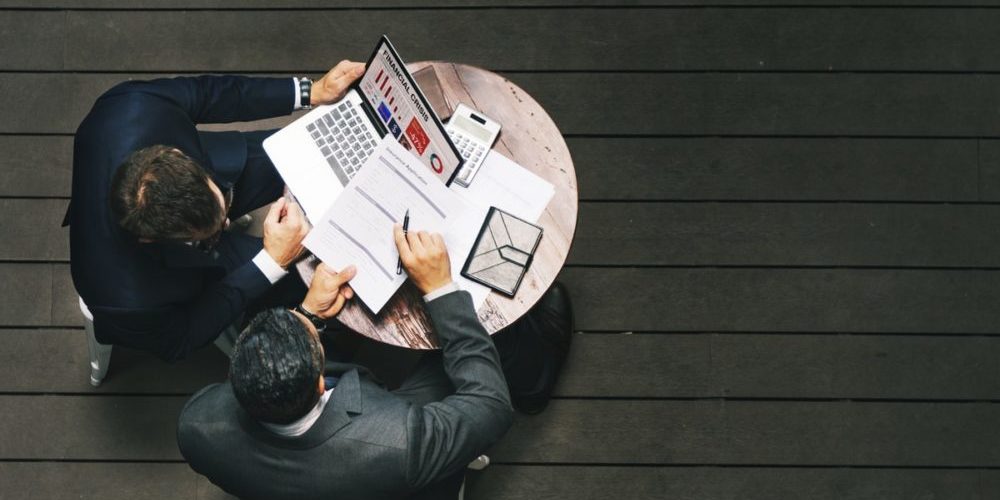
Feeling square? Go round. According to one study, students rated rounded furniture “more pleasing” than rectangular furniture, and brain scans revealed more activity during observations in a separate study. The aesthetic appreciation and reward centers of the brain lit up.
Tip: Use rounded furniture to boost your sense of reward and satisfaction. If you work with several paper documents or crafts throughout the day, spread them across a round table. You’ll be able to see the subject from all sides.
9. Indoor Plants Boost Productivity
All you need is a plant, and your productivity will be on the up and up. Research reveals that plant presence in an office space helps workers destress from demands while reducing pollution levels. Boost the effect by exposing the beautiful view from your window — treeline view and intricate architecture prove restorative.
Don’t have a green thumb? Think you kill basically every living green thing you touch? Hold on to hope — there’s a plant for you, too.
Tip: Placing plants around your office is one of the easiest things you can do to improve your productivity. There are many shade-friendly plants, such as calla lilies, and succulents are small, hardy plants that take effort to kill.
10. Embrace Mess Within Reason
In interior design, there are many styles — from art deco to postmodernist, for example. The Swedish are all about simplicity, and you may echo that style sense with Ikea office furnishings. Your office may also be filled with toppling bookshelves and odd nick-nacks that look like clutter to everyone else but you.
Good news: you can embrace the mess, within reason. Even Einstein alluded that a cluttered desk is a symbol for a cluttered mind — of creativity! One study revealed that participants in a messy room came up with increased imaginative uses for a ping-pong table, and the messy room was layered with all sorts of papers. The clean, empty room felt impoverished to the others, devoid of life — it’s like trying to find sustenance on a dead planet.
Tip: Pick one place that allows yourself “organized chaos,” which is a nice word for a mess that benefits your brain. You can make it a messy board with multiple story angles pinned up for an article, or maybe it’s your craft desk that must remain messy because you need to associate and sort items quickly to generate new ideas and products. It’s about what works for your workflow.
So, if your mess includes several stacks of books that hang out next two towering bookshelves — that’s not so bad. You’re an innovator!
Deciding On a Style That Suits You
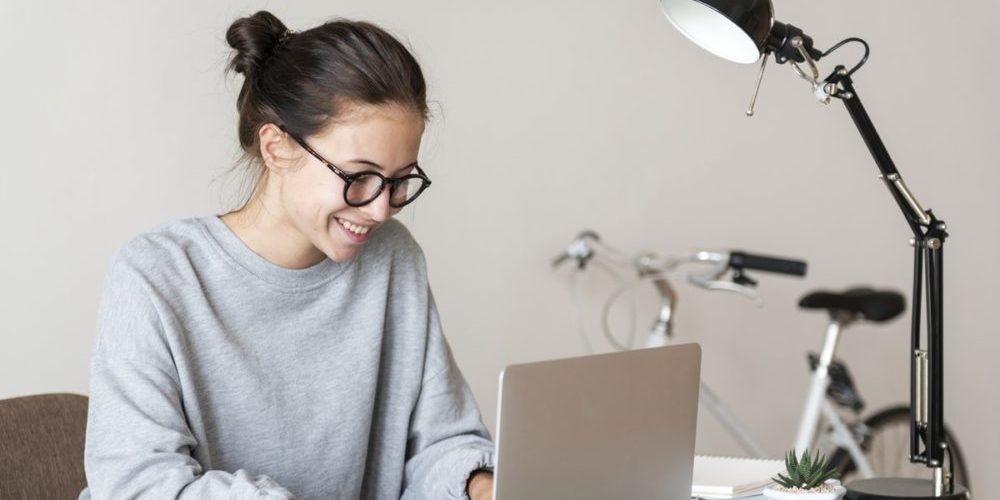
Now that you have those tips in mind, your brain is probably spinning with all the potential of your office and productivity. It probably feels frustrating, too, especially if you’re thinking, “Great, now I have to go out and buy all this stuff just to be more productive.”
Stick with a style that suits you and your workflow. Many factors go into styling a room, such as size, purpose, personal taste and focal point. Existing furniture and other rooms in your home matter, too. Consider this:
Size: You definitely want to avoid an open floor plan, even though they may work well for a modern look. If you want to apply a modern style to a smaller room — make sure you scale the furniture down to size, so you don’t overwhelm the room with bulky furniture and too much clutter. Remember, honor messes within reason in design.
Purpose: The room is obviously an office, but what is the nitty-gritty purpose of the room? Combine function with your mission statement, and think according to your workflow.
Start with small smart goals. When it comes to design, are you focusing on efficiency or creating conversation with clients? For efficiency, go contemporary, and for conversation-sparking, use an eclectic mix of elements to communicate a bohemian look.
Personal taste: If a room doesn’t look like “you,” then what does your business represent? You should invite your personal taste in decor into your business space. It’s important that you feel at home in your work environment, and this will empower your meetings with clients as well as what you produce for them.
Define your taste before you set out on a mission to redecorate. Ask your friends and family how they would define your taste, but remember to define it for yourself — your opinion is the one that matters.
Focal point: Remember the commanding position? If you have a small room and a big, beautiful desk you want to utilize, don’t be afraid to do it. The desk will be the focal point of the room as it takes up space, and you can place it in the commanding position for a win-win in productivity.
Existing furniture: What furniture do you already have? Does it fit your preference, needs and aesthetic? Don’t be afraid to introduce some eclectic or bohemian elements to a functional office space. Repurpose and repaint. Look to what furniture you already have before you bust your budget.
Consistency between rooms: Whether you want to aim for a consistent style from room to room depends on your preference. Don’t go too far off kilter with your design aesthetic, such as combining Victorian with modern, but some measure in differentiation will reinforce the point that your office is a working area as versus a living area — which doesn’t mean it has to feel uncomfortable or bland.
Consistency means considering shared elements in your design sense. Strive for harmony.
Make It Your Office
Your style needs to fit with your workflow. Don’t fill your office with functional items that hold no meaning or assist you with getting the job done in a satisfactory way. Cultivate a positive environment — even if that means embracing the mess, within reason, and welcoming your eclectic style into the mix.
You don’t have to embrace the typical open office, modern style to feel like your space is productive or a “real” office. That open office space only allows noise to carry, anyway — that’s not good for productivity. If you have a big space, add decorative screens. Stop giving the impression of what you want to be or do, and embrace an interior design look that suits your style and workflow.
Designers focus on cultivating atmosphere and achieving the right environment by diversifying traditional ideas of what function means. Your office can have multiple workflow areas represented — from brainstorming to your coffee nap love seat area.
Consistency in color or shape creates an uniform look, no matter how diverse your space needs and functions are. Differences designate, such as using an industrial looking metal table for brainstorming while you have an antique divan for chatting with clients. Your style approach depends on many factors, from purpose to what already exists in the room.
Don’t Forget the Time of Day
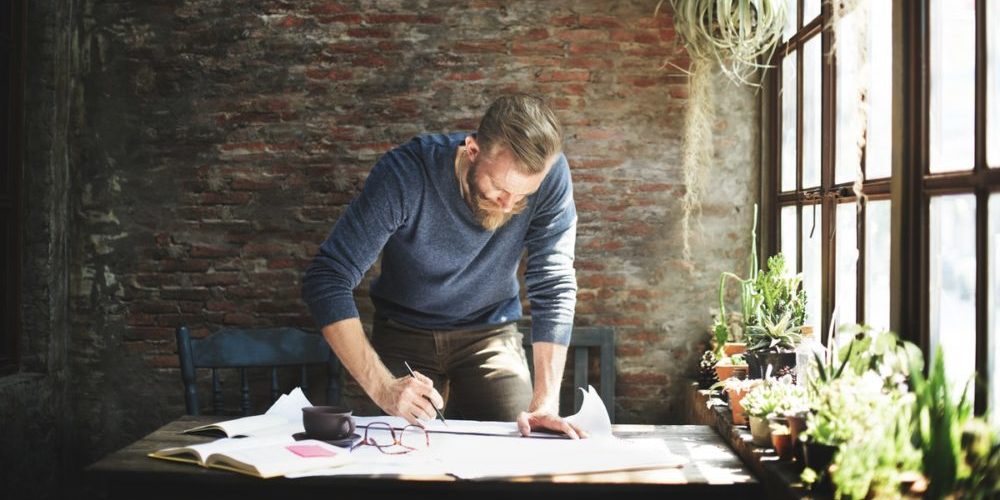
Natural light improves your mood, and the flow of light as morning transitions to evening influences your energy levels. Don’t forget to consider the time of day you perform your best at various tasks.
Are you better at brainstorming in the morning or as you watch the sunset? Do you prefer to followup on emails as you walk to the nearest cafe, just to get out of the house?
Don’t let your excitement at reinventing your office space overtake your routine. Don’t get in the way of yourself, or put a heavy piece of furniture where it shouldn’t go. If the commanding position is in the way of your favorite reading nook, make the nook your commanding position. Supporting your professional routines matters when cultivating an optimal atmosphere for productivity.
Use this guide to hack an atmosphere that works for your workflow, and don’t be afraid to subvert interior design norms.
After all, a cluttered desk really means that you have a creative mind. Interior design science is the next big thing! Do you in design aesthetic to do more.
This is a guest post by Kayla Matthews. She is a productivity blogger and efficiency enthusiast. You can find her on ProductivityTheory.com, on The Huffington Post, and on Google+ and Twitter.

This is maxing discussion the office interior issue. All the issue include in the post. Thank you for the post.
Thank for letting us know about these tricks of interior design.
Having green beside or around you can definitely have a positive impact on your mood. Plants have the tendency to give a soothing effect which will give you peace of mind. This will, in turn, reflect in your improved productivity.
Science has always been there to improve a lot of things, personally my productivity has been lowered at the mere sight of dull interior designs. Due to this i agree with your post a 100%
You are right about the mini-meaning board. I guess it works just like a vision board. When we know our purpose and understand why we do what we do, we become more motivated and more productive to do it. Every time when I see the pictures of the things that I wanted to achieve, I feel driven to take action. And thanks for the tips. Great one. :)
+1 for a better chair!
Just the other week I moved into a new office and I just felt frustrated with the design of the chairs they had. I know it may seem something that only a millennial would say but it just didn’t feel write and I couldn’t get into the “groove” of my work at all.
I swapped it out after an hour or two and immediately felt better. I have also learned a lesson in the past, not to work from the sofa. It can absolutely kill your posture!
Thanks for sharing, Paul.